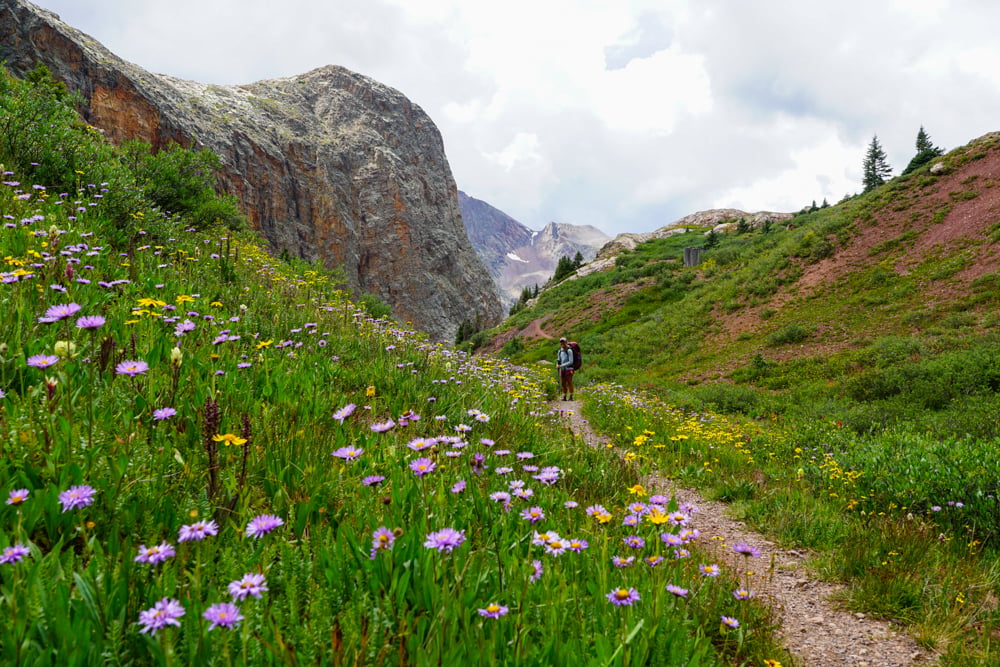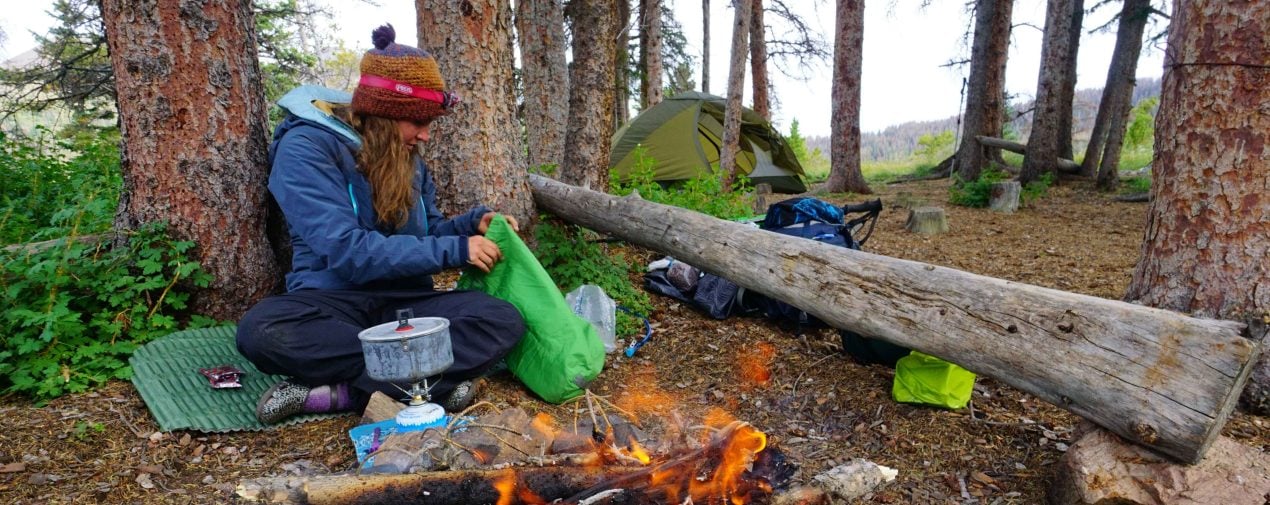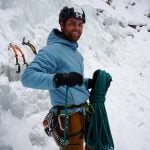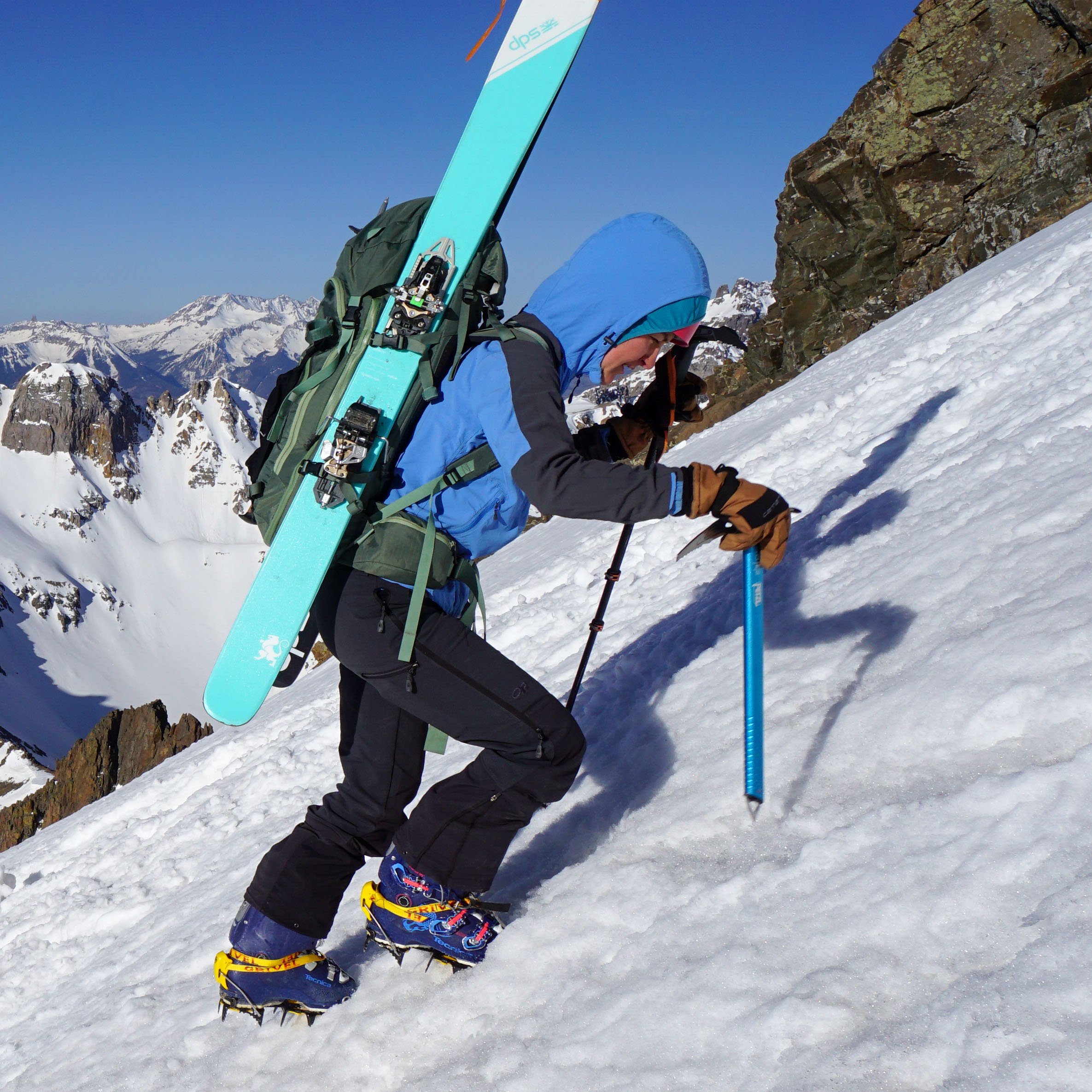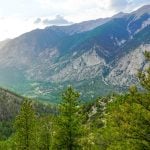How To Prepare For A Beginner Backpacking Trip
As spring comes to a close and the long, warm days of summer approach, backpackers everywhere are dreaming of their next adventure. Getting into backpacking can seem overwhelming for many beginner outdoor enthusiasts, since it requires specific gear and a lot of planning, but we promise it is worth the effort. Your first night in the backcountry, enjoying the stars above you and knowing there are no cars or roads nearby, and your first morning, sipping your coffee next to an alpine lake, are sure to be some of your best memories this summer. Backpacking can be a rewarding and recharging experience.
With multiple long thru-hikes and many years of backpacking experience, we hope to pass on some knowledge we have picked up over the years to help ease you into the joy and pain that is backpacking.
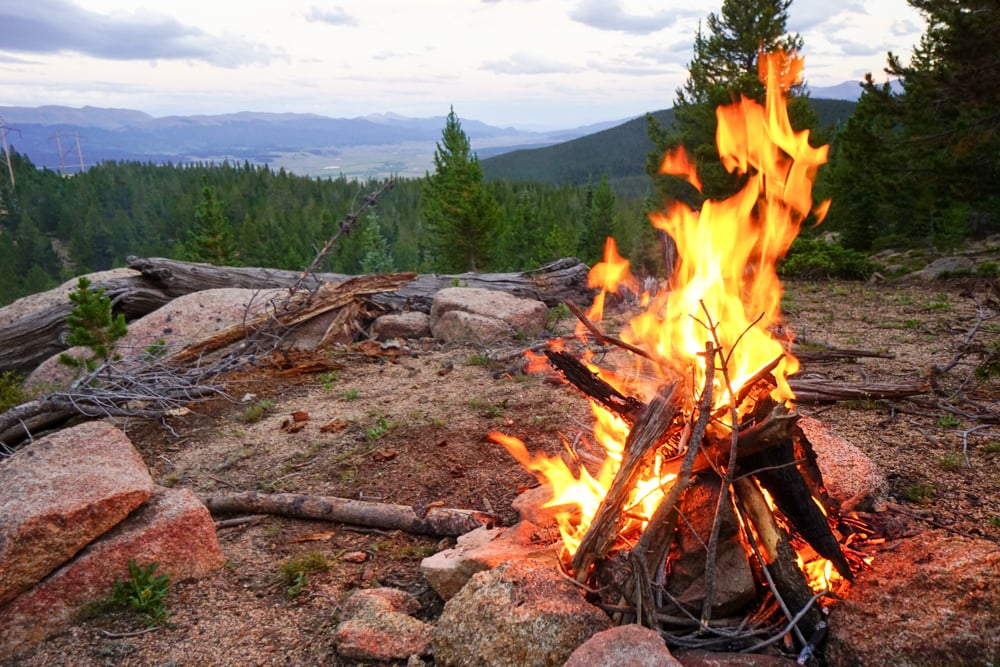
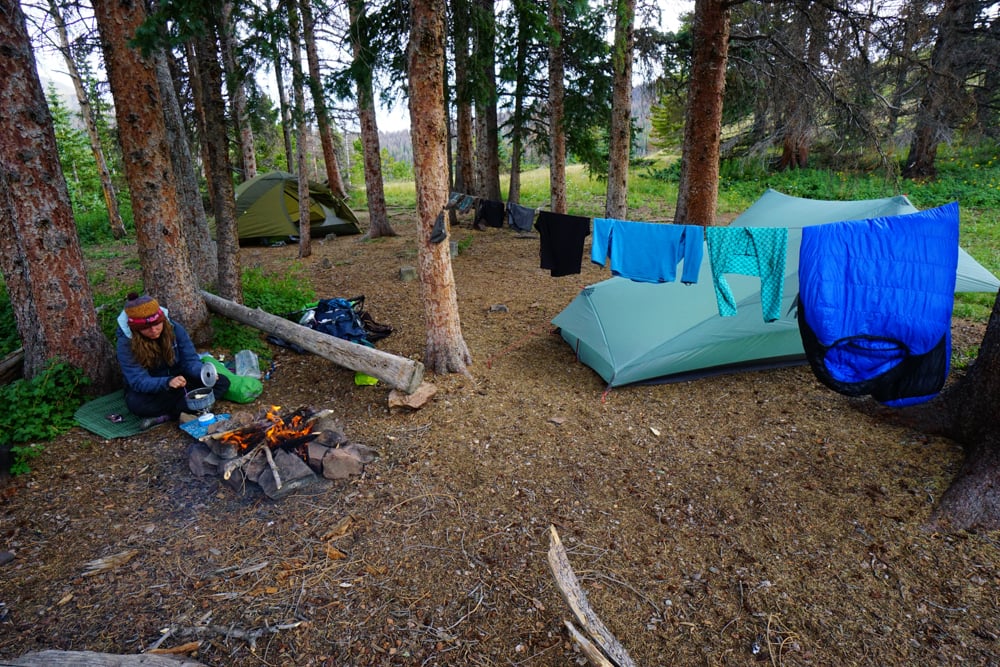
Training & Fitness
As the backpacking season draws near, it can be beneficial to start getting into a fitness routine that will give you confidence and ease on the trail. Huffing and puffing on your first backpacking trip can be aggravating and deter future trips. Instead, begin working on your fitness now, so you can enjoy rather than struggle through your trips.
A fitness routine specifically for backpacking should include the following:
- Cardio (hiking, stair master, running, long walks)
- Lower body exercises (squats and lunges)
- Upper body exercises (shoulder press, rowing, lat pull downs)
- Core exercise (planks, weighted oblique twists, weighted sit ups)
If you don’t want your fitness routine to feel like a chore, try to make the exercise more enjoyable by incorporating activities you already enjoy such as hiking, biking, or even yoga. Once you are feeling stronger and more capable, start to go for longer hikes and begin to get a feel for what length of hike feels comfortable for you. This will help you with your planning and logistics as well.
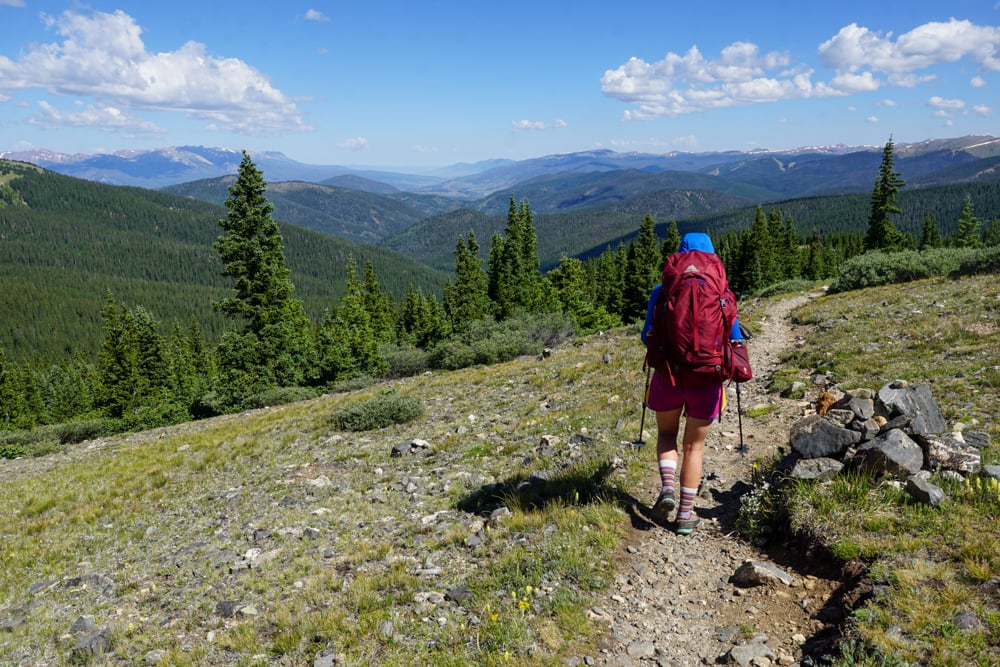
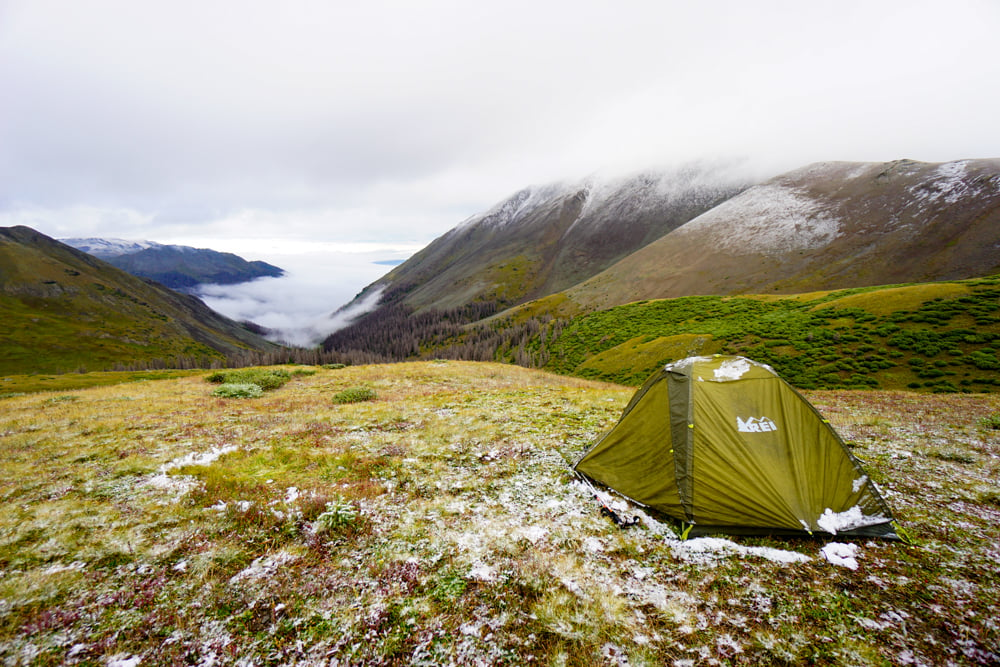
Finally, it is a good idea to get your gear out for some practice hikes. Load up your pack with some of your gear and take it for a hike with you and see how it feels to hike comfortable distances with your pack on. This will help you figure out how best to adjust your pack to fit your body and tweak how much gear your bring. The key is that you want to feel confident and comfortable when you are actually out on your trip, so you are more able to enjoy the scenery, company, and overall experience.
Logistics
Aside, from fitness and gear, logistics can make or break a backpacking trip. There is a lot of planning and preparation that goes in to making a backpacking trip successful and we recommend putting in the time and thought beforehand to avoid trail setbacks.
Choose a Goal
An easy way to begin your trip planning is to identify your goal. This could be as simple as, “I want to hike and camp at an alpine lake this summer,” or it could be a longterm goal such as, “ I want to hike the PCT!” Taking the time to consider what you hope to get out of your backpacking trip is important. Are you most excited for the prospect of carrying all your needs on your back? Do you just want to get out with your friends? Are there places and things you long to see? Take some time and journal about your hopes and dreams for your summer.
Once you’ve broadly thought about your goals, we can get more specific. Here are some questions you can think through as you begin your trip planning:
- Do you want to do a backpacking loop or an “out and back” trail?
- How many miles do you feel comfortable hiking in a day?
- How many nights do you want to go out for?
- Will you have cell service?
- Who will be joining you on your trip, or will you be going solo?
- Where do you want to go?
- What will the conditions and weather be like?
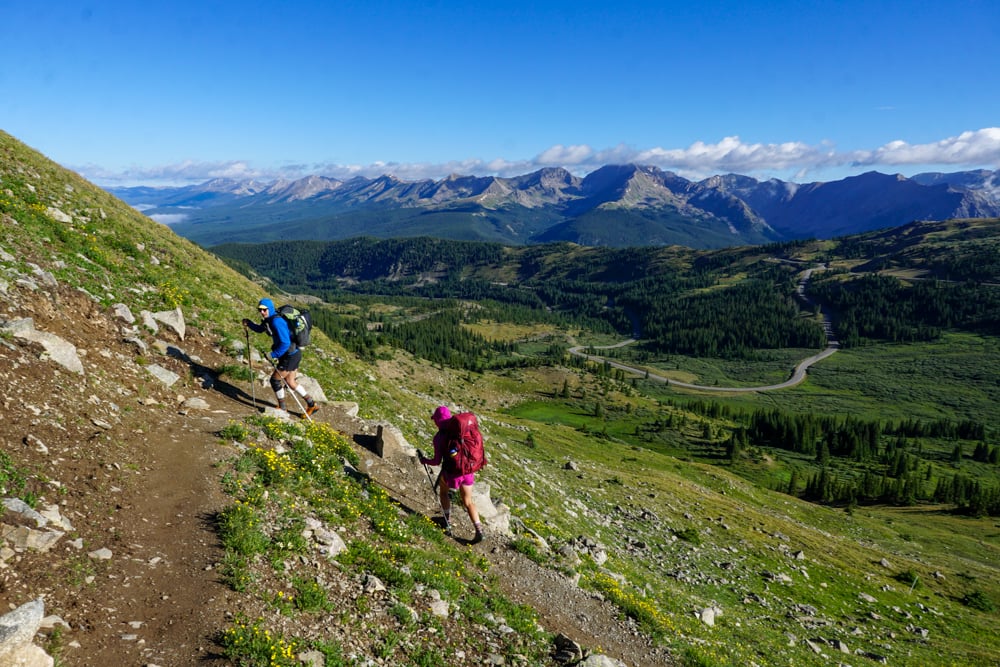

Hopefully once you’ve taken the time to answer some of these questions you’ll have an idea about what a backpacking trip could look like for you. As you take your next steps in planning, it is important to remember that a backpacking trip should be fun! It’s always best to build up the miles and duration of a trip rather than taking on something that will leave you exhausted and overwhelmed.
Rules & Regulations
Now that you have a goal and location in mind, the next step is to research any requirements for where you are hoping to go. Here are some important considerations:
- Who has jurisdiction over the land area? (National Forest, Bureau of Land Management, National Park, etc.)
- Is a permit required? If so, when and how do you apply for a permit?
- Is a bear canister required or can you do a bear hang?
- Do you need a wag bag or can you dig a cat hole?
Regulations can be confusing and overwhelming, yet this is probably the most important step for a successful backpacking trip. Reading the rules and regulations from the land manager will make sure you are properly equipped and aware of any pitfalls that will stop your trip before it begins. Perusing the land managers website will provide helpful information like maps, recommended gear, travel alerts, etc. If you are ever having trouble finding information online before your backpacking trip don’t be afraid to call or stop into the local headquarters.
The First Trip
Finally we can start planning the backpacking portion of the trip. It is important to follow up the question about your goals from earlier with an honest assessment of your abilities (how much milage or elevation gain you can, but more importantly want to do, day to day etc.) We recommend taking whatever you think you want to do and reign it back for your first trip. We recommend aiming for about 6-10 miles of hiking for your first time out.

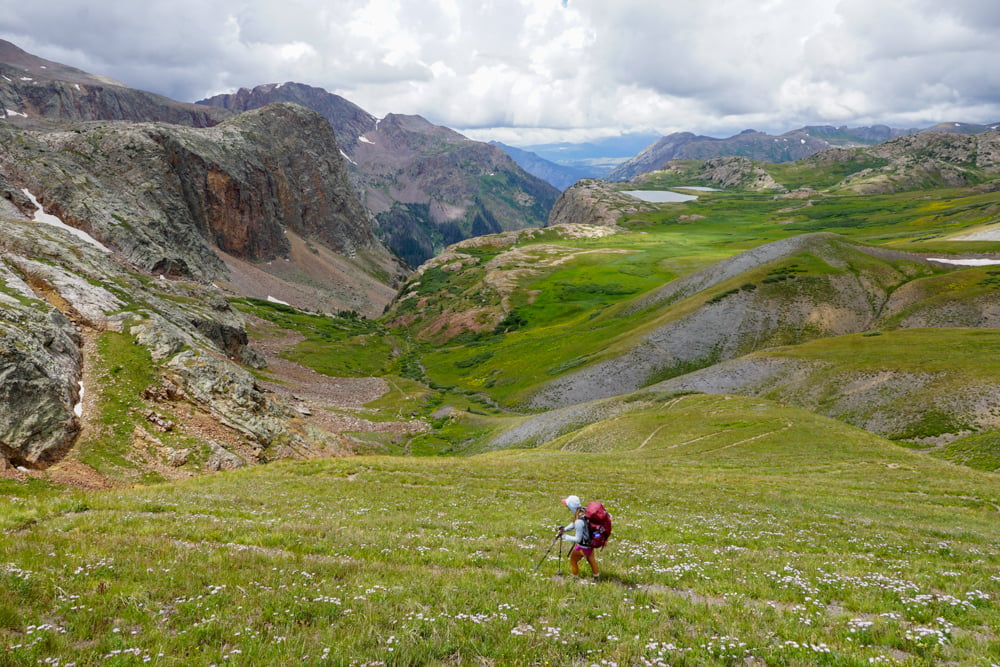
Remember, the first handful of times backpacking are really just trial runs getting used to the motions and your gear so there is no reason to push it. The harder you push it early on the more likely you are to suffer which will distract you from the enjoyment that backpacking provides. This is why “out and backs” are great first trips. Choosing a stellar alpine lake for example is a great first backpacking trip where you can hike to it and spend a couple of nights there before returning. We also recommend choosing a short duration for your first few trips like 1-2 nights total before gradually increasing your trip duration.
Gear
Now it’s time to deep dive into gear and some considerations for choosing gear. As a beginner we’d recommend to use what you have and borrow items from friends before splurging on backpacking specific gear. Renting gear from a local shop could also be a great option! Backpacking specific gear is great for many applications, being lightweight and packable, but can come with a hefty upfront cost. This is also part of the reason we recommend shorter trips at first, since you’ll likely be carrying heavy and bulky gear to start.
Backpacking gear can mostly be broken down into two categories: the Big 5 (as we call them) and other essential gear.
The Big 5
These are the pieces of gear that are required and HIGHLY RECOMMENDED to not be skimped on. The Big 5 are the mission critical pieces of gear that if they fail your trip is almost certainly compromised.
Footwear
If you plan on hiking many miles with a heavy pack then your footwear has to be dialed. Generally people wear boots or trail runners, with trail runners becoming the favored option these days. Boots are more supportive and durable, but heavier, clunkier, and slow to dry. We prefer trail runner style shoes these days since there are so many great options on the market. Some popular options include the Hoka Speedgoat and the La Sportiva TX4 (our personal favorite). There are many options, but the point is you want some footwear that gives you adequate cushion to your foot and doesn’t cause blisters. Generally, we recommend starting out with whatever footwear you normally use for hiking.
Shelter
Maybe the most important of the big 5, your shelter is paramount to your enjoyment as well as safety. There are many types, but we recommend a tent for beginners, specifically a free standing 3-season tent. Remember to select a tent rated to accommodate the correct amount of people and check the dimensions. This is especially important if you are large, tall, have a lot of gear, or plan on having pets accompany you. We like to use the REI Half Dome 2+ tent.
Sleeping Bag
Probably the second most important piece of gear is your sleeping bag. The big things to look for as a beginner are: what insulation does the bag use? What is its warmth rating? Sleeping bags are filled with either synthetic insulation or down feathers. Synthetic insulation is a great option for wet climates like the Pacific Northwest, whereas down feathers are great in dry climates like the Rocky Mountain states. It is important to look at the COMFORT and LIMIT rating. The COMFORT rating is the lowest temperature that generally women and cold sleepers will be comfortable, whereas the LIMIT rating is the lowest temperature where men and warm sleepers will be comfortable. Be sure to get a bag that is warmer than the night time temperatures you expect to be camping in.
Sleeping Pad
Sleeping Pads might not be as critical as the other four, but without a sleeping pad you will be uncomfortable, cold, and unlikely to want to go backpacking again. There are foam pads, inflatable pads, and hybrid pads (both inflatable and foam). We generally enjoy having a bit more cushion when we are backpacking and recommend pads like the hybrid REI AirRail Plus or a combo between a foam pad (like the Therm-a-rest Z Lite) and an inflatable pad (like the Big Agnes Rapide).
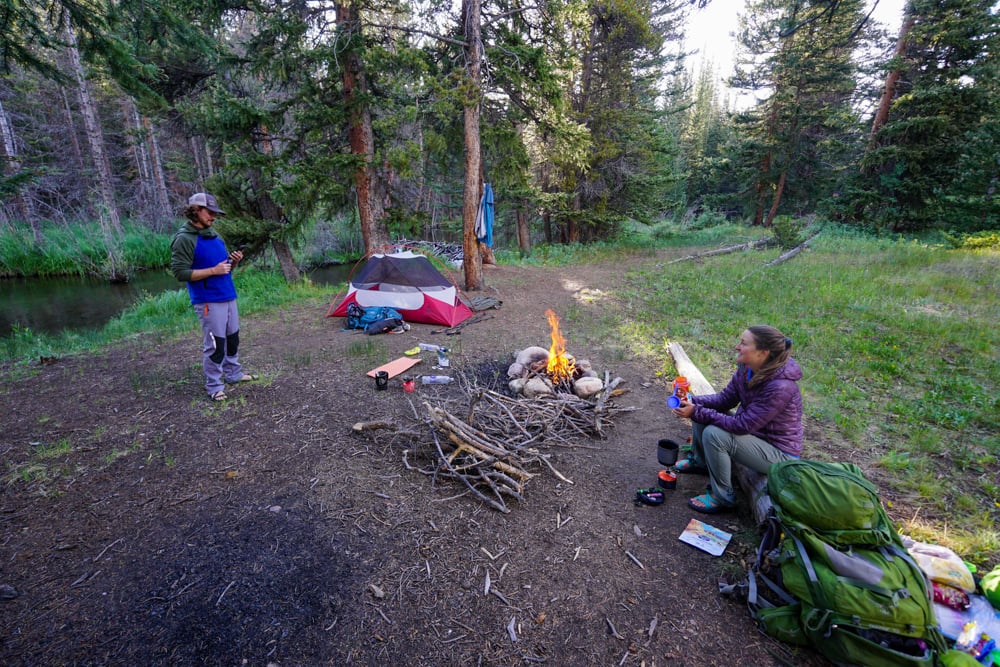
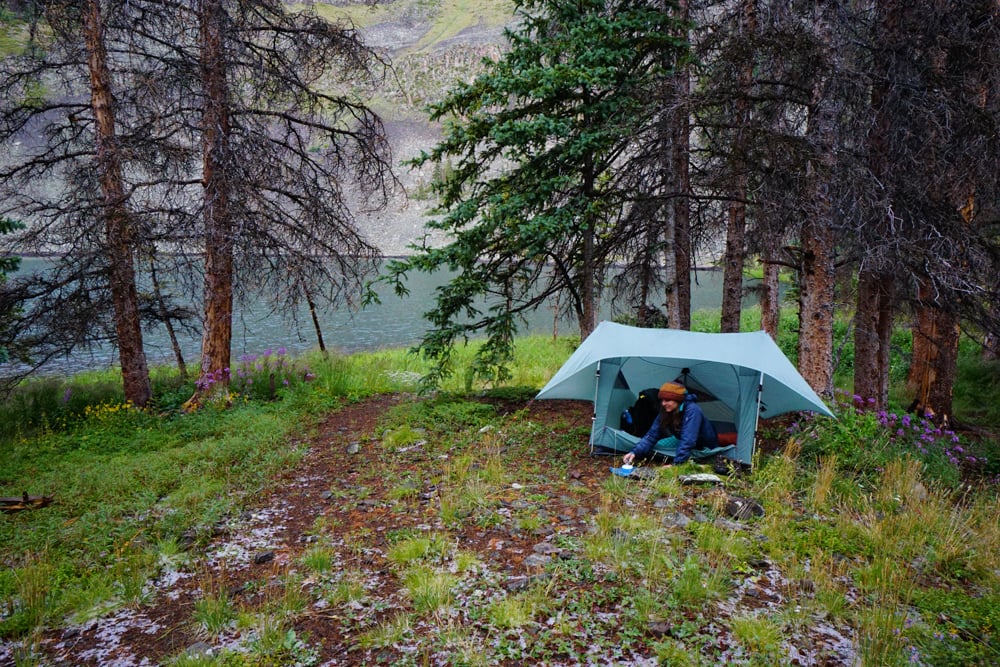
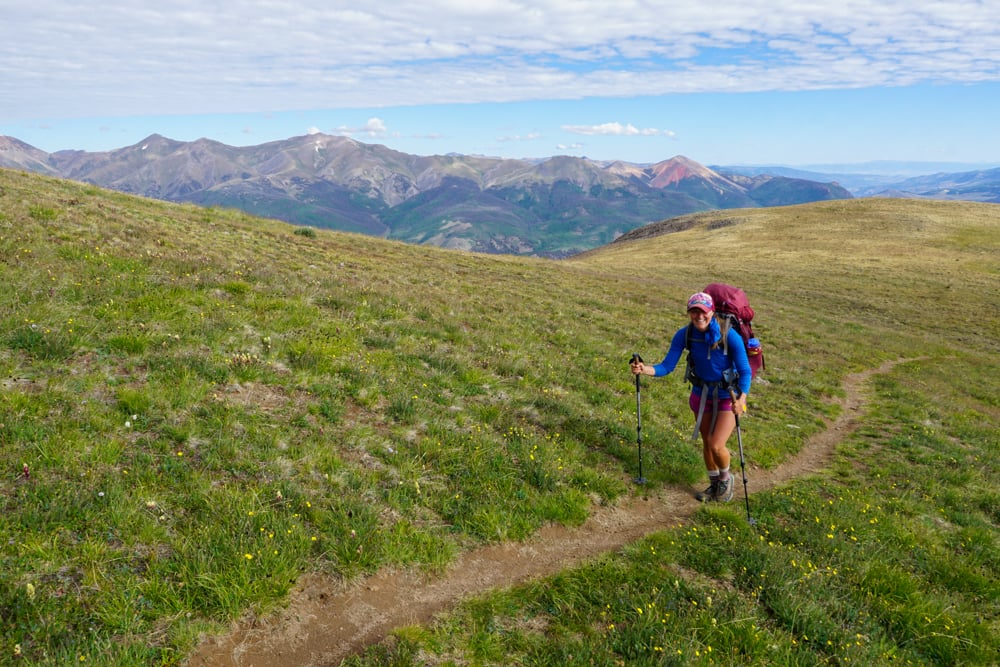
Backpack
Lastly, your trusty backpack. We recommend a pack in the 55-65L size range for women and 60-70L for men. These may be a bit big if you get to the point that you have entirely modern ultralight gear, but for a beginner and outdoor enthusiast in general; a big, sturdy backpacking pack is worth its weight in gold. Just like all things, generally the heavier the bag, the more durable and supportive it is. We HIGHLY recommend Osprey Packs in general and personally use the Osprey Aether 70L (Zach).
Other Essential Gear
Unlike the “big 5” items that we recommend not skimping on, there are a few more essential items you’ll need for your first backpacking trip. Most of which have multiple options that you can choose from to accomplish the same goal. As you progress you’ll slowly change your gear to meet your needs, it’s a natural process for any aspiring backpacker. This is by no means an exhaustive list, but hopefully it will help to get you started.
- Water filter / water bottle
- Cooking system (stove, jetboil, or cold soak)
- Trekking poles
- Rain gear
- Warm Layers
- Navigation tools (compass, map, phone with charger)
- Bathroom material (trowel, ziplock for toilet paper)
- Snacks!!!
- Headlamp
The Final Word
Hopefully this blog has started to get the gears turning to help you prepare and plan for your first backpacking trip. There is a lot to consider, but as we’ve said before, backpacking can be a lot of trial and error. You never really know how you will like your gear until you get out and use it.
Most importantly, have fun! Go on a fun trip, with fun people, to a beautiful place, well within your comfort limits. The point is to be outside and enjoying this beautiful planet we call home with other humans who love to be out in nature as well. Cheers and enjoy!
